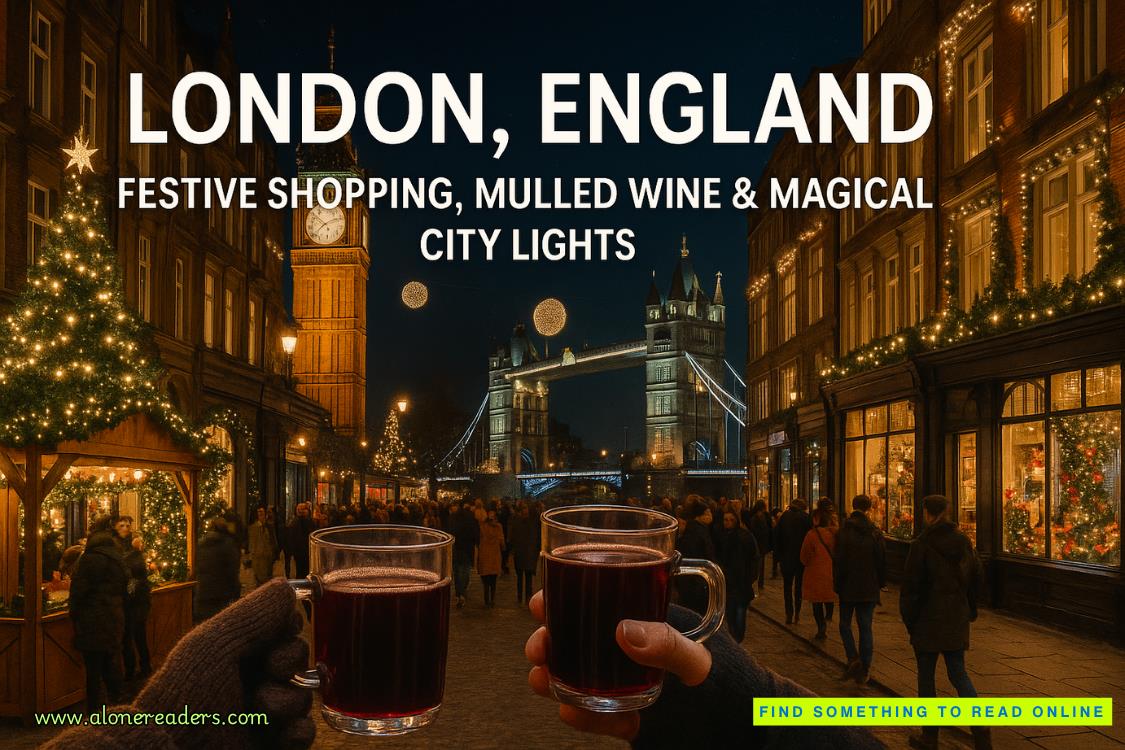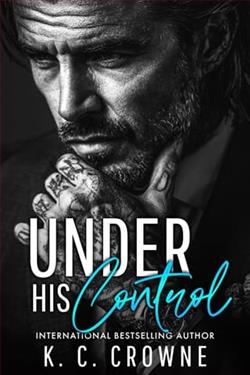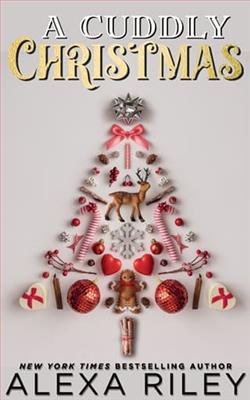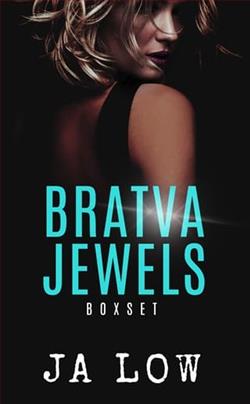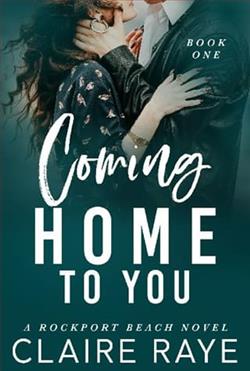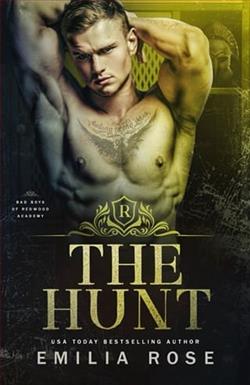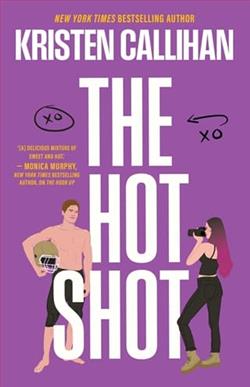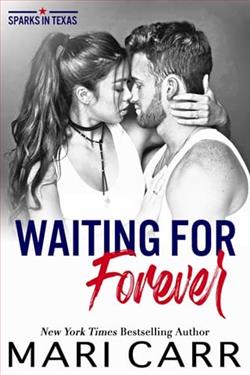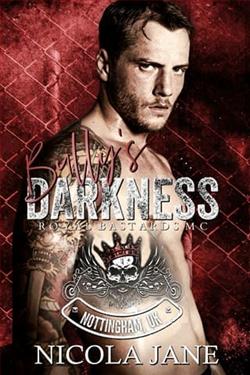Page 111 of The 9th Man
Luke noticed that when Rowland stood, he was momentarily out of view, the agents on either side, both in and out of the car, blocking him from the camera.
“What about the people on the overpass?” Luke asked. “They were above the street looking down.”
“There’s nothing for them to see,” Eckstein said. “AR-15s are equipped with flash suppressors at the end of the barrel. Any muzzle flash would have only been visible at night. It was high noon that day with a bright sun.”
“Wouldn’t someone have heard the shot?” Jillian asked again.
Eckstein nodded. “They did hear it. But nobody to this day has been able to zero in on where the shot came from. Dealey Plaza was a giant echo chamber, flanked by buildings on three sides. Any sound evidence is useless, as the House Select Committee on Assassinations discovered when it tried.”
“An AR-15,” Luke said, “is one powerful rifle. It has a loud crack, much louder than Oswald’s old rifle.”
“That it does,” Eckstein said. “But all this happened in a matter of seconds. There was a lot of noise coming from all directions, echoing back and forth. If any of the agents in the trail car heard that rifle fire, no one has said a word about it in sixty years. You don’t really think they kept that to themselves? Either the rifle didn’t fire, or none of them were aware that it did.”
This was a lot to take in.
Luke too remained skeptical, but the circumstantial evidence seemed to be mounting. Then there was Rowland’s reaction to the whole thing. If it was nothing but fiction, why would he care? Just ignore it.
But that’s not what happened.
Benji was killed.
“There is also the ballistic evidence,” Eckstein said. “This is what Ray and I worked up. He was an expert on that sort of thing. He told me that an AR-15 round is encased within a thin copper jacket. At impact the bullet disintegrates and causes a lot of damage.”
“Like what happened to Kennedy’s head?” Luke asked.
“Precisely. That awful image. Oswald’s bullet could not have done that. The first round that hit Kennedy from Oswald’s rifle did not do that. It left a clean, neat hole in and out. But somehow the third shot explodes? Then there’s the testimony from numerous witnesses who were near the limousine who all say they smelled gunpowder. No way that came from Oswald’s rifle.”
They sat in silence for a moment.
Taking it all in.
Luke played the video over again.
Clearly, Thomas Rowland had the rifle, and fell forward with it in his grasp, finger on the trigger. Did it fire? There was no visual evidence that it had, but an instant after Rowland fell the president’s head exploded. Coincidence with Oswald’s shot?
Not likely.
“I won’t bore you with the angle evidence of the kill round that struck Kennedy,” Eckstein said. “Along with the bullet’s kinetic energy and velocity, which all point to AR-15. Then there’s the height of the two motorcade vehicles, which were different makes and models, relative to the slope of Elm Street that clearly showed that a kill shot from Oswald was virtually impossible, but a shot from Rowland’s AR-15 fit the math perfectly. The Warren Commission investigated none of this.”
“But you folks did?” Jillian asked.
“Ray had actually fired Oswald’s rifle, part of the FBI’s testing in 1963. Then he participated in the CBS simulation in 1967. He noted back then that the time it takes for an expert marksman to cycle the bolt, and fire three shots from Oswald’s rifle, doesn’t match the Zapruder film. We then applied that timeline to my film and it doesn’t match either. Oswald fired three times. That we believe to be true. But we also believe that he only hit Kennedy one time. Rowland’s rifle fired the kill shot. The wind speed calculations at the time of the shooting all say that Oswald’s rapid trio of shots were more likely to miss. And, we believe, two of the three did. And that’s assuming Oswald even got off the third shot. Nobody knows.”
This man sounded like he knew exactly what he was talking about.
He was not some wild conspiratorialist.
“It’s clear from studying what we have on the autopsy,” Eckstein said, “and what little photographic evidence exists, that the kill round did not come from above. It came level and from behind. We ran many simulations. Over and over. All came to the same conclusion. Thomas Rowland caused that gun to fire by accident. He stumbled forward and off it went. No conspiracy. Nothing nefarious. Just a young, green Secret Service agent, probably hung over and tired, who had little to no experience with an AR-15 and who had no business being there.”
“It is a heavy weapon,” Luke said. “In more ways than one.”
Eckstein nodded. “That it is. You need training to be able to wield it correctly. And I should know, I fired one many times during our tests.”
“Why was Rowland on that detail?” Jillian asked.
“He was only eight months out of the academy. Our guess? Charles Rowland wanted to beef up his son’s résumé. Benji investigated the Rowland family and learned that the father, a big shot within the CIA, never wanted the son in the Secret Service. He wanted Thomas for the agency and, in the end, he got his wish.”
“What does that mean?” Jillian asked.
